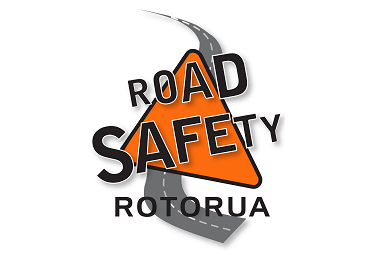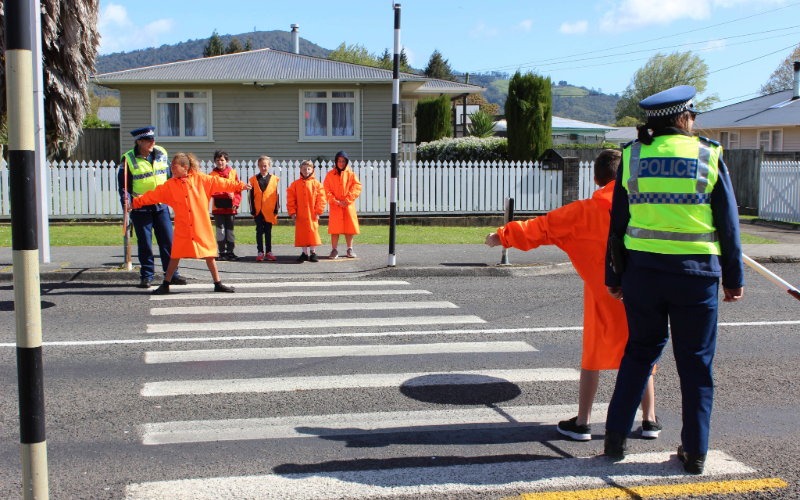Safer Drivers

Driver licensing
Getting your drivers licence can be a daunting task. To help make the journey to becoming a fully licensed driver easier, we've collated some helpful links to resources, and organisations.
Find out the process of how to get, prepare and pass your NZ driving test here: https://www.aa.co.nz/drivers/driver-licences/
Everything you need to know for learner drivers and their whānau/ family: https://drive.govt.nz/
Book a practical test, replace a licence at https://www.nzta.govt.nz/driver-licences/
Find a driver licensing agent in your area here: https://www.nzta.govt.nz/
Practice the right skills the right way and track your learning on the FREE Drive Go app. (Apple and Android)
To become a better learner driver, attend one of our free Driver Directions courses outlined below.
For help with getting your learners and restricted driver’s licence:
- Moving Mountains
- Work and Income NZ
- Citizens Advice Bureau
Young drivers
Council offers a young driver course during the school holidays each year, called Driver Directions. Drivers on their restricted licence are seven times more likely to be involved in a fatal or serious injury crash than any other drivers.
Senior drivers
While older drivers don't have as many crashes, if involved in a crash, they're more at risk of being seriously injured or killed. With the same impact force, the fatality rate is approximately three times higher for a 75-year-old than for an 18-year-old driver. Council offers a free one-day senior driver course called Driving On, for drivers over 65.
Choosing safer vehicles
When it comes to choosing a vehicle to drive in, it’s important to choose one that is roadworthy and safe. The vehicle will need to have both a warrant of fitness (WOF) and be registered before you can legally drive it.
Your vehicle plays a major role in keeping you safe on the road. Safety ratings are the best way to know how well your vehicle will perform in a crash. The higher the safety rating of your vehicle, the safer you are on the road. Check out how well you are protected in your vehicle https://simulator.rightcar.govt.nz/#/
Whether you’ve got a vehicle already, or want to buy one, it’s a great idea to check out the safety rating. The more stars, the safer the car.
For info on vehicle safety ratings and how they are generated go to: https://www.nzta.govt.nz/safety/vehicle-safety/vehicle-safety-ratings/
To check the safety rating of your car: www.rightcar.govt.nz.
Sharing the road
It isn’t only cars and other motor vehicles that use our roads – there are many other kinds of road users, including pedestrians, cyclists and motorcyclists. Help keep our more vulnerable road users safe:
With people cycling: stay wider of the rider
People on bicycles are more vulnerable on the road as they are less protected than people in vehicles. Look for people on bikes on the road and give them the room they need, especially when making a turn or passing.
With people walking: slow down, look around
Many deaths and injuries of pedestrians could be prevented if drivers took more care when using our roads. Please look out for pedestrians whenever you’re behind the wheel, especially in areas with lots of people.
With motorcycles: Look twice for motorcycles
Motorcyclists can be harder to see and therefore more vulnerable. Look twice before changing lanes and at intersections.
Driving motorcycles
The risk of a motorcyclist being killed or injured in road crashes is 21 times higher than for car drivers over the same distance travelled. Riding a motorcycle requires a different set of skills and a higher level of vehicle control than driving a car. The potential outcomes of any crash, whether caused by the rider, other road users, the road environment, or the vehicle itself, are more severe for motorcyclists.
Up-skill at our FREE Community rider events held each year during Motorcycle Awareness Month in September.
Driving around schools
Rotorua Lakes Council encourages children and their whānau to walk, scooter or cycle to and from school, and want to make sure that they are safe.
Children are particularly vulnerable when on our streets. Decreased speed and increased awareness helps reduce the risk and harm of accidents.
Before and after school are busy times for everyone. Be prepared to see children walking and biking. If you need to travel to school by car, try parking a short distance away from the school. This helps reduce traffic congestion and makes school entrance areas safer for tamariki and whānau.
- You must stop for people using pedestrian crossings.
- People walking have right of way on driveways and vehicle crossings. Be especially careful exiting your driveway around school start and finish times.
- On roads with school traffic - plan your route so you don't have to do a U-turn or 3-point turn across the footpath as these manoeuvres are dangerous for children.
Safe speeds save lives
International best practice indicates that 30km/h is the safest and most appropriate vehicle speed around schools. The speed limits outside all Rotorua Schools will be reduced to 30kph by July 2026.
Slow to 20kp/h to pass stopped school buses
The most frequent time children who ride the bus have been hurt is crossing the road after getting off the bus, especially in the afternoon. This has happened on rural and urban roads.
If a school bus has stopped to drop off passengers, you must slow down and drive at no more than 20 km/h until you're well past the bus. It doesn’t matter which side of the road the school bus is on - you must slow down if it’s on your side or on the opposite side. Be prepared to slow down and keep our little ones safe.

Stop for pedestrian crossings
School patrols help to keep students safe on the road by controlling the flow of vehicles and pedestrians at pedestrian crossings and ‘kea’ crossings (school crossing points).
Every year hundreds of senior students from our local primary schools step up to help keep other students safe at pedestrian crossings. These students give up their time before and after school to help everyone get across the road safely. Please slow down and stop when road patrol signs are out.
Parking near schools
Parking rules help to protect our tamariki, and drivers who park illegally put children at risk. Please be considerate of residents and other families when parking. It is illegal to park on:
- Yellow lines
- Pedestrian crossings
- Across driveways
- On the footpath.
Child safety in cars
Children must be restrained at all times when travelling in a vehicle, even when travelling a short distance. As a driver, it’s your responsibility to make sure any child travelling in your vehicle is correctly secured.
Rotorua Car Seat Clinic
Finding the right car seat for your newborn (or soon to be born) is a daunting challenge and many car seats are incorrectly installed. Rotorua Lakes Council are proud sponsors of the Rotorua Car Seat Clinic. They install, check, and rent car seats to give you peace of mind that your car seat is installed correctly.
Alcohol and impairment
The Road Safety Education Programme (RSEP) is free for members of our community referred from the Department of Corrections, and/or Police. Developed to motivate a change in participant attitude and behaviour by providing them with the tools and support to undertake change, since the programme's conception in 2013, we have had a non-reoffending rate of 93%.
To enquire about the RSEP, contact roadsafety.rotorua@rotorualc.nz.


